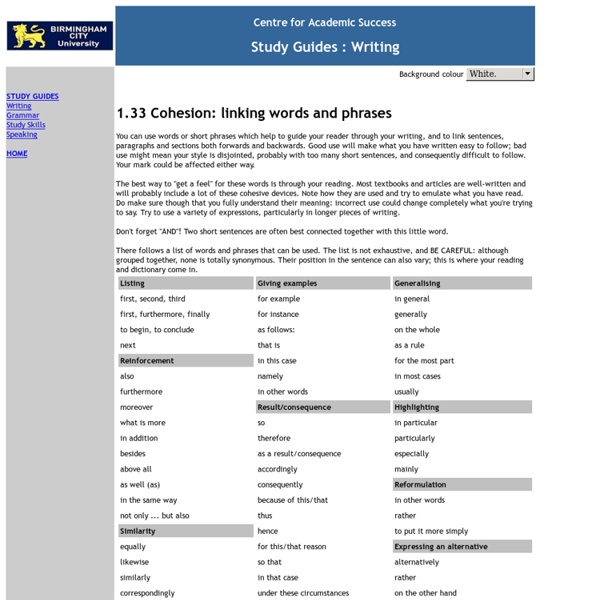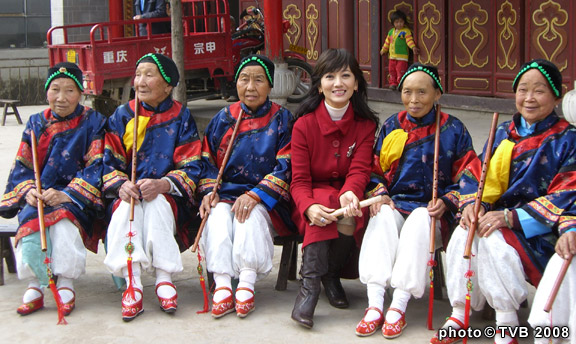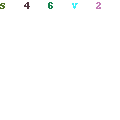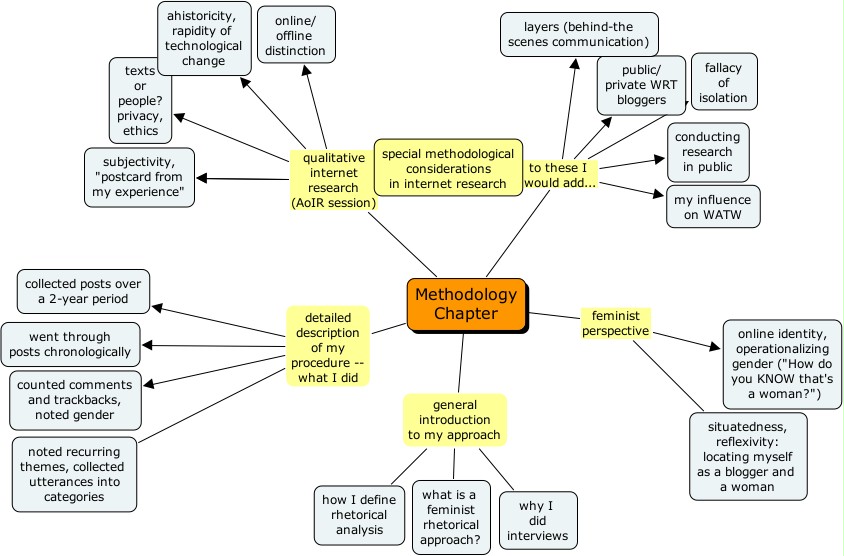Science Games and Activities - Primary Homework Help.
When a muscle contracts (bunches up), it gets shorter and so pulls on the bone it is attached to. When a muscle relaxes, it goes back to its normal size. Muscles can only pull and cannot push.Muscles are used whenever you move. Without muscles you would not be able to run, walk or even eat your food! There are over 650 muscles in your body. Your largest muscle is in your bottom. Your smallest is in your ear. Most muscles are connected to your bones by tendons.Muscles work by getting shorter. We say that they contract, and the process is called contraction. Muscles are attached to bones by strong tendons. When a muscle contracts, it pulls on the bone.
This Skeletal System and Muscles of the Body Worksheet can be used in KS3 Biology lessons to help your students understand the topic of muscles and the skeletal system, or as reinforcement on previous learning by acting as homework.Muscle plays a key role in metabolism and thermoregulation. Muscles help move food through the intestine and urine out of the bladder. Without muscle, the heart could not pump blood through the body. Muscle Tissue. Muscle is one of the four major tissue types in animals—the other three types are epithelial, connective, and nervous tissue.

Keep reading to learn what all the other muscle jargon means! 1. Muscles Attach to Bones At Locations Called Origins and Insertions. A skeletal muscle attaches to bone (or sometimes other muscles or tissues) at two or more places. If the place is a bone that remains immobile for an action, the attachment is called an origin.












